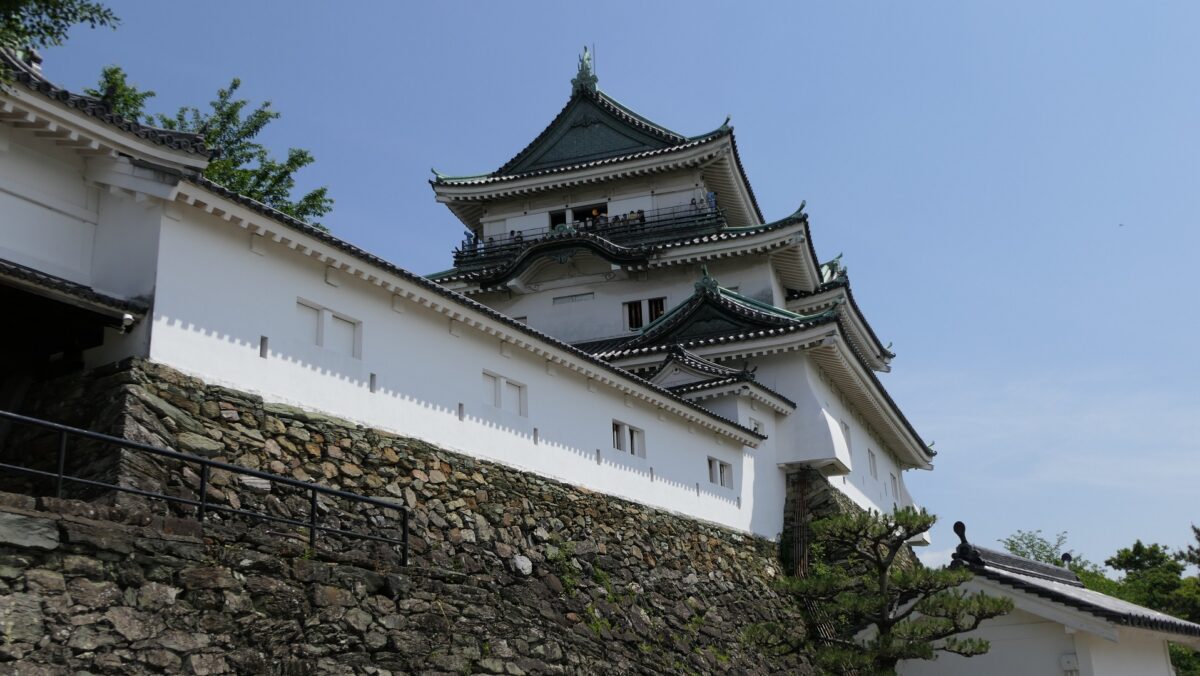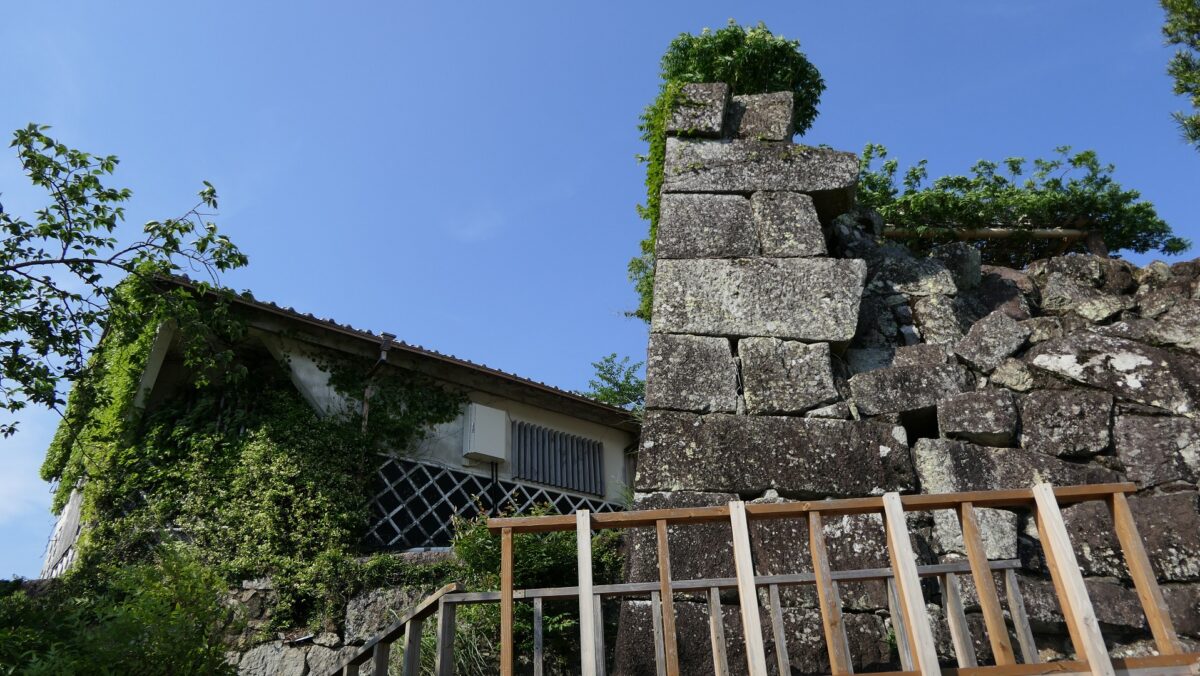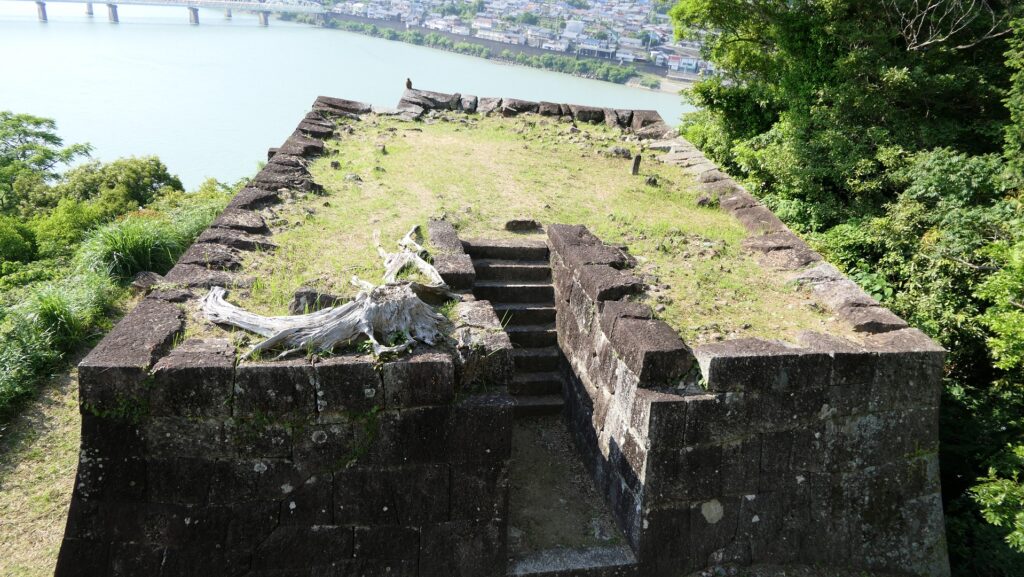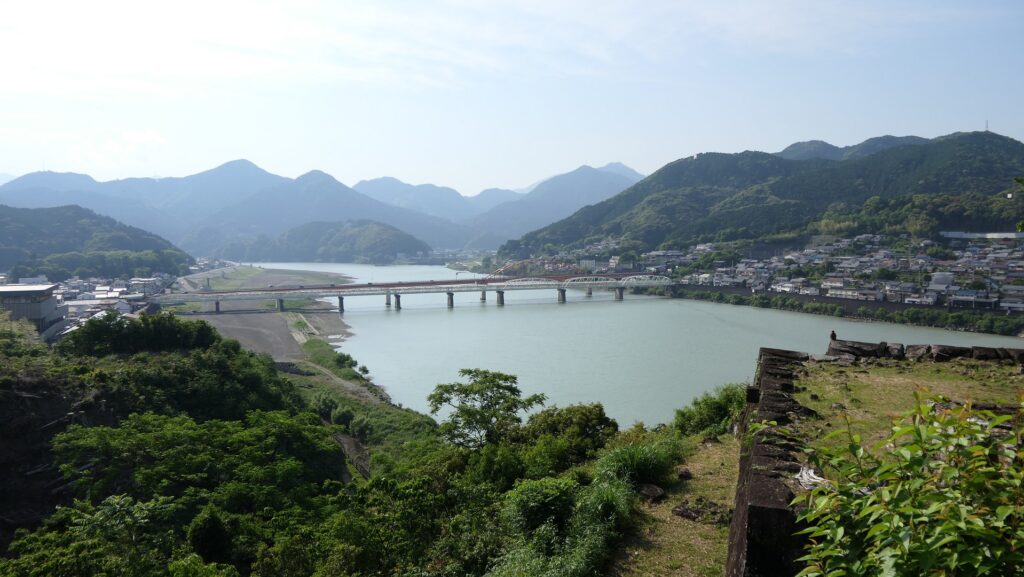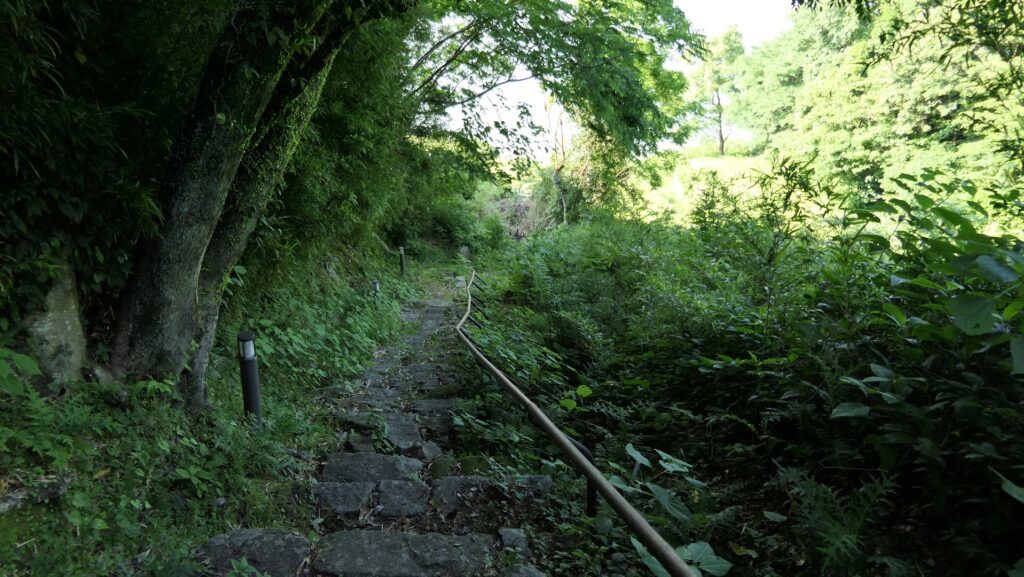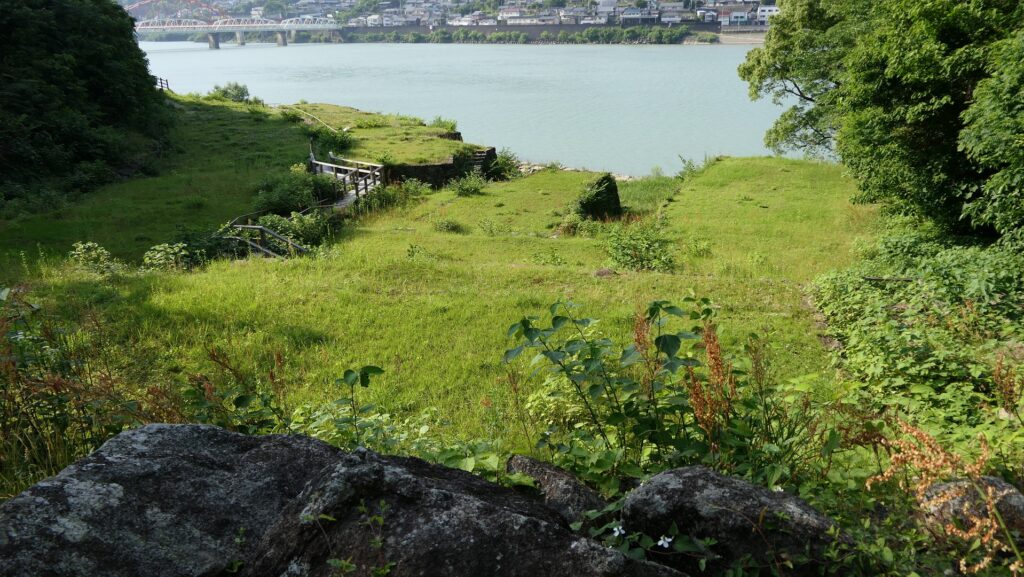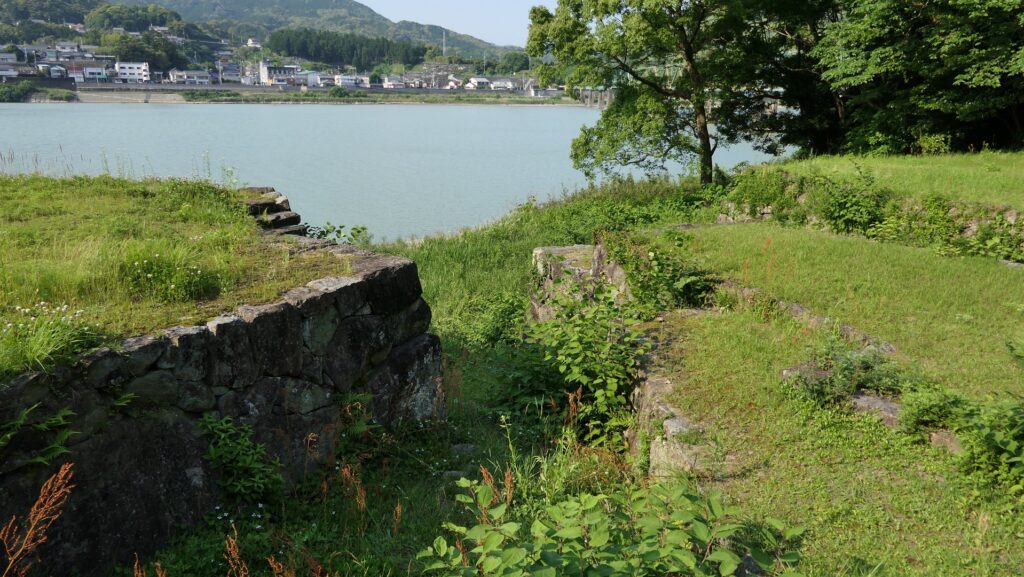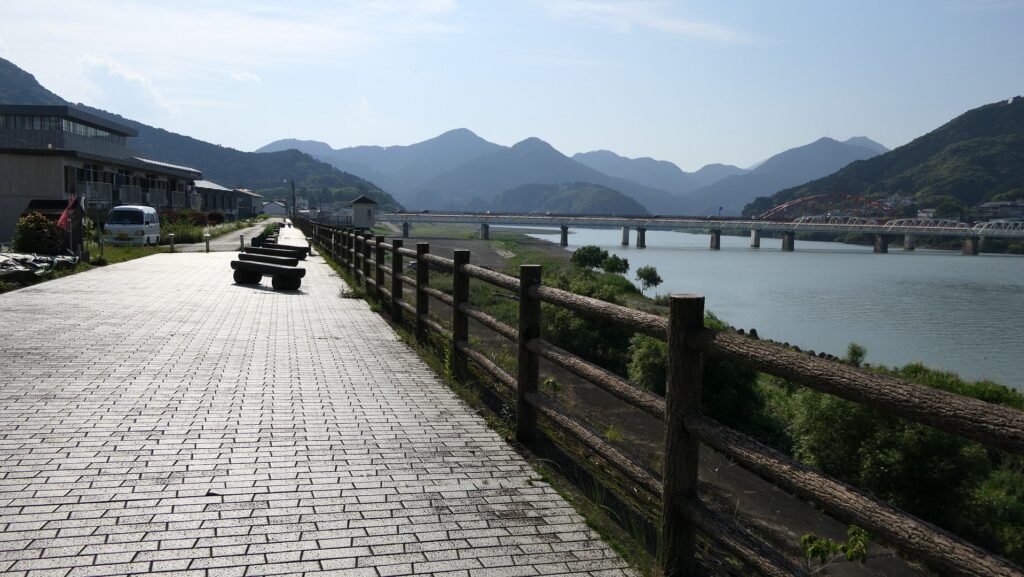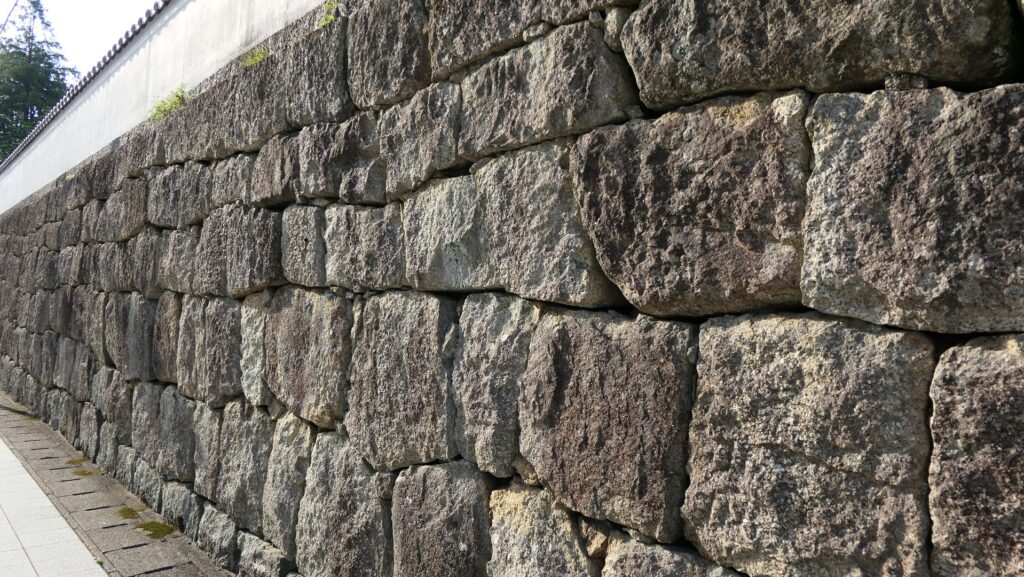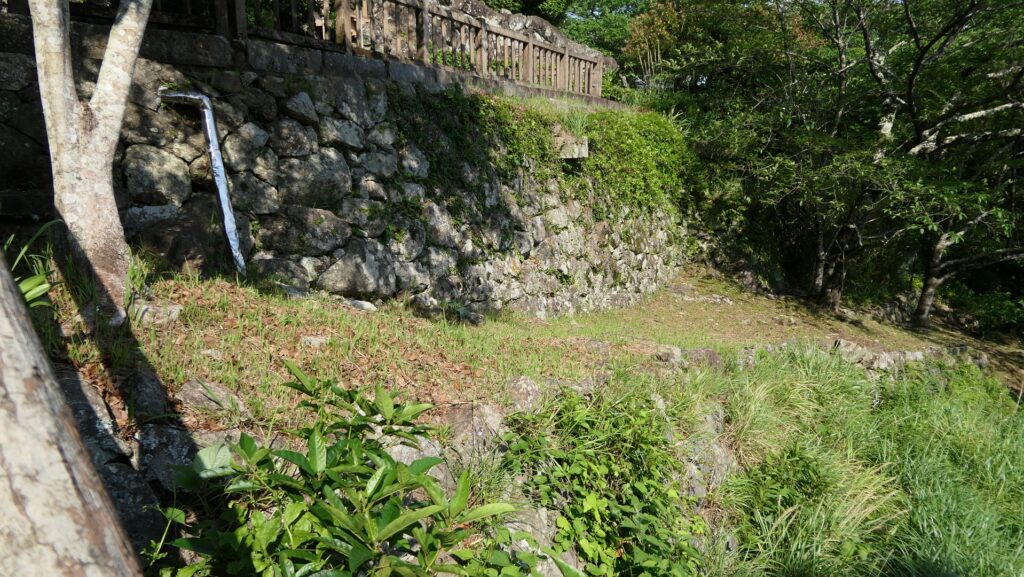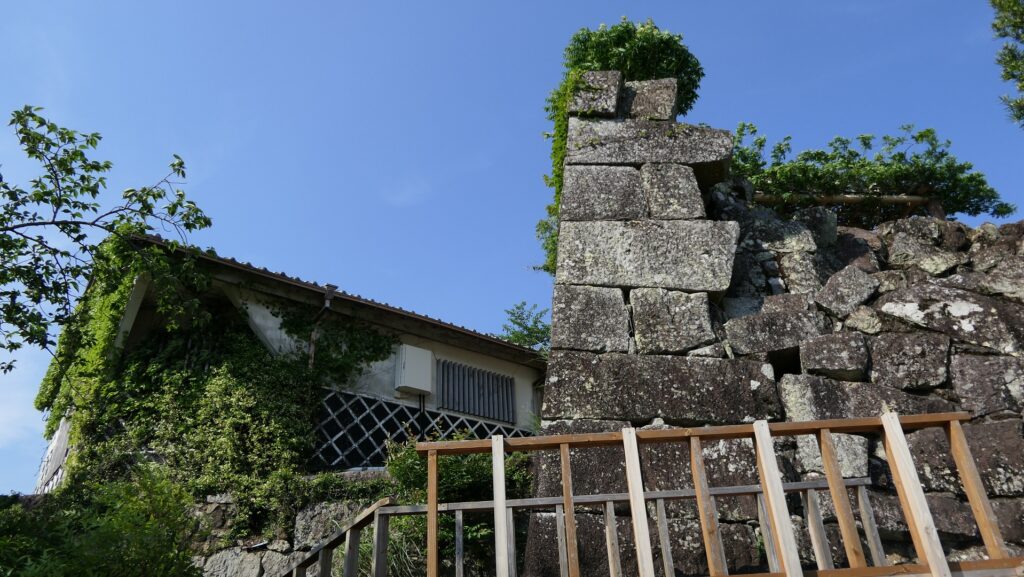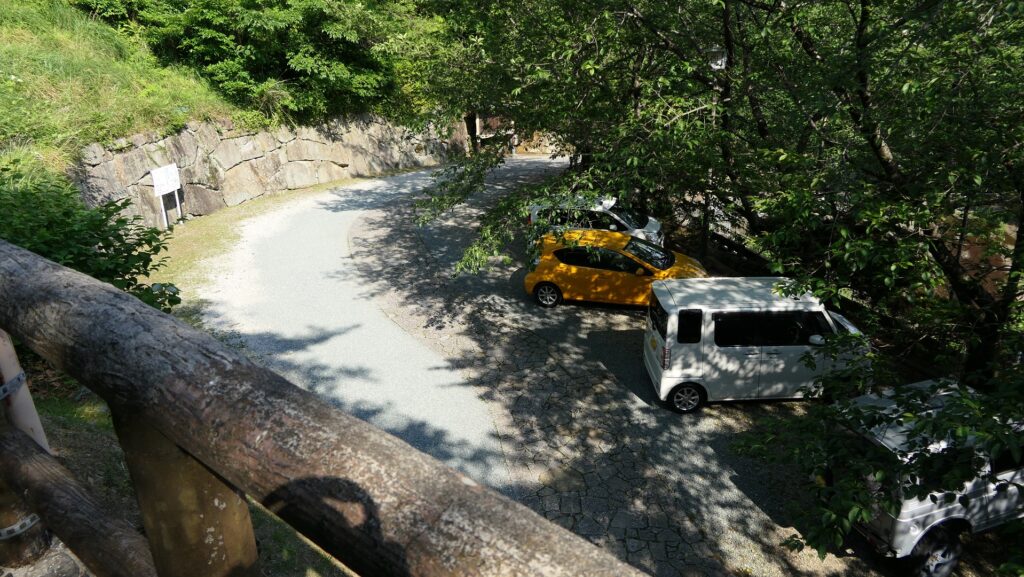Features
Western and Southern sides of Castle
There are also many other attractions at the western and southern parts of the park. The Sand Enclosure is a large one which was built later than other enclosures, on the natural sand dune at the western side. It has high stone walls which overlook the city roads. The inside of the enclosure was empty from the beginning, maybe because of that, it is now used as a ground and tennis courts.
The map around the castle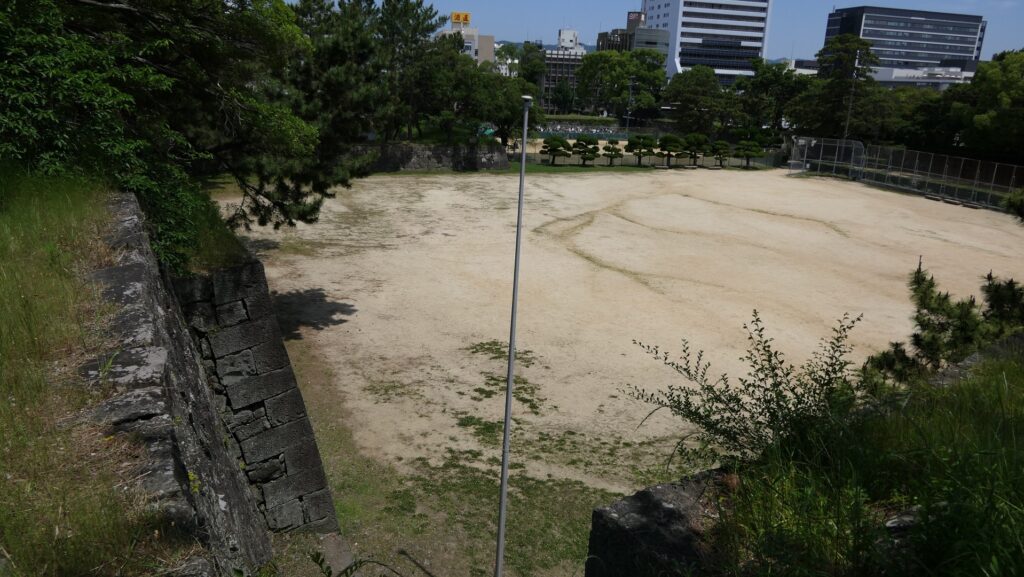
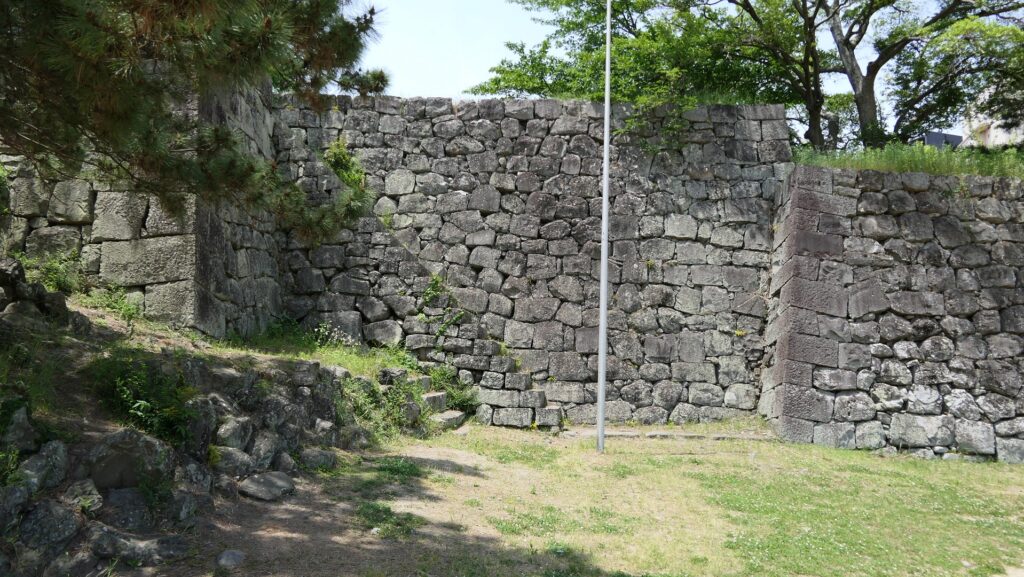
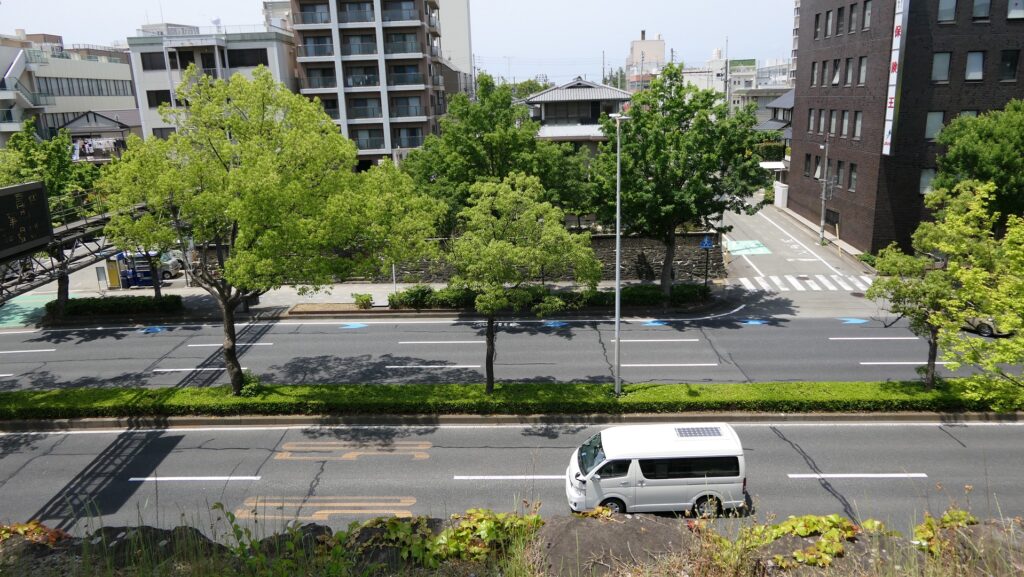
The Oimawashi-mon Gate is another remaining building of the castle, which is painted red. The reason for the color is said to be for the amulet against the unlucky southwest direction called Ura-kimon.
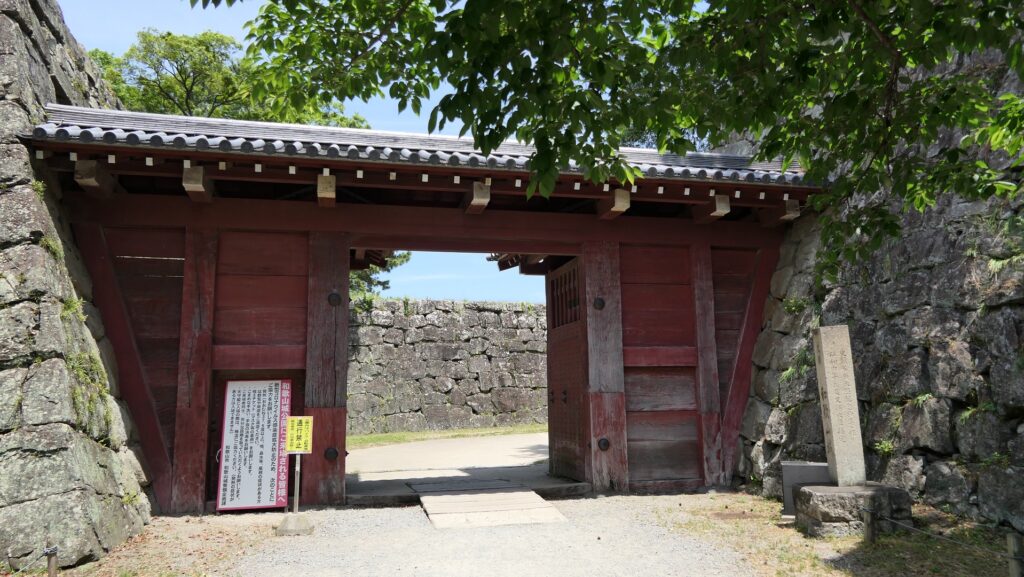
The Akazu-no-mon Gate Ruins are another entrance of the park, which is in front of the Southern Enclosure. Its turret stone wall base is the highest one in the castle, which is about 23m high.
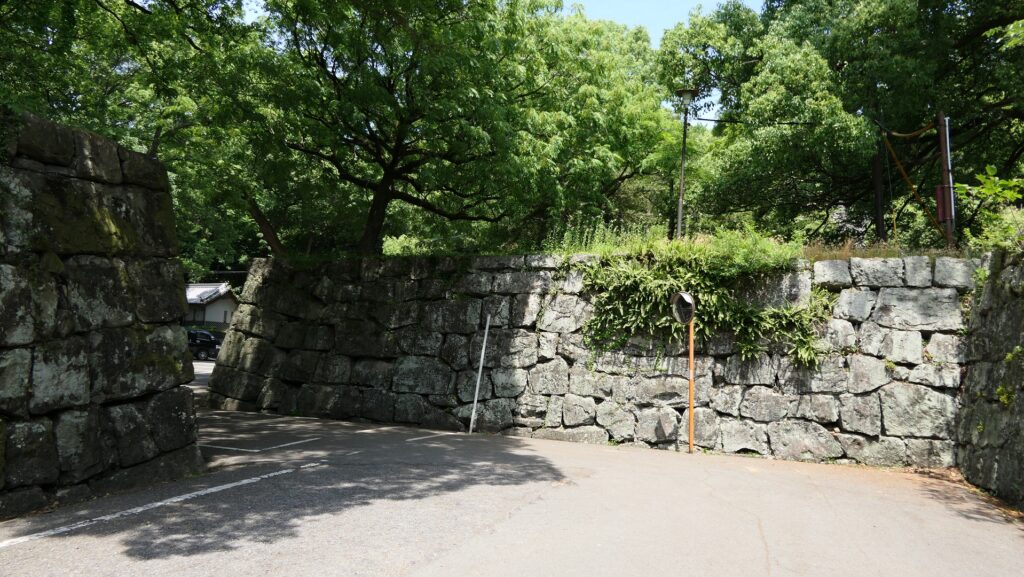
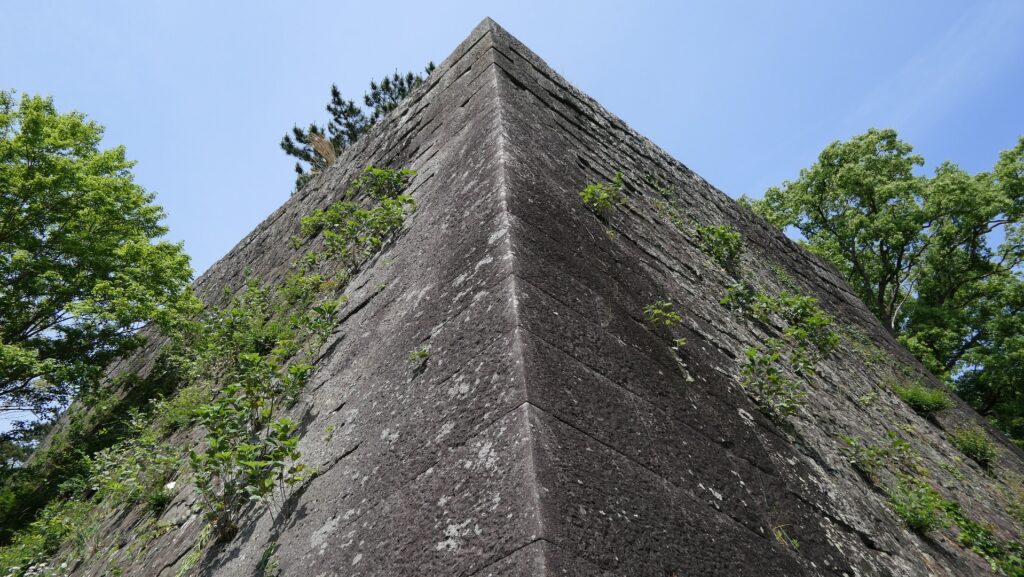
Later History
After the Meiji Restoration, Wakayama Castle was abandoned. The main portion of it was owned by the Japanese Army, followed by Wakayama City, and turned into a park. The park had not only the remaining castle properties but also official facilities like a museum, a library, a school, a fire station, and the City Hall. However, the city has recently been developing it as a historical park by removing the facilities. It aims to restore the scenery of the castle at the end of the Edo Period. In addition, the site has been designated as a National Historic Site since 1931.
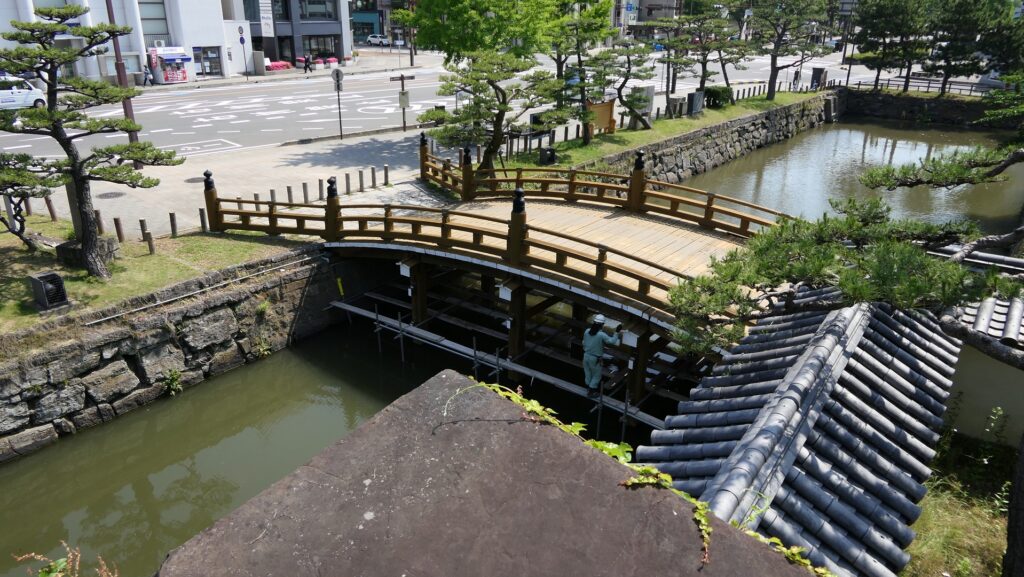
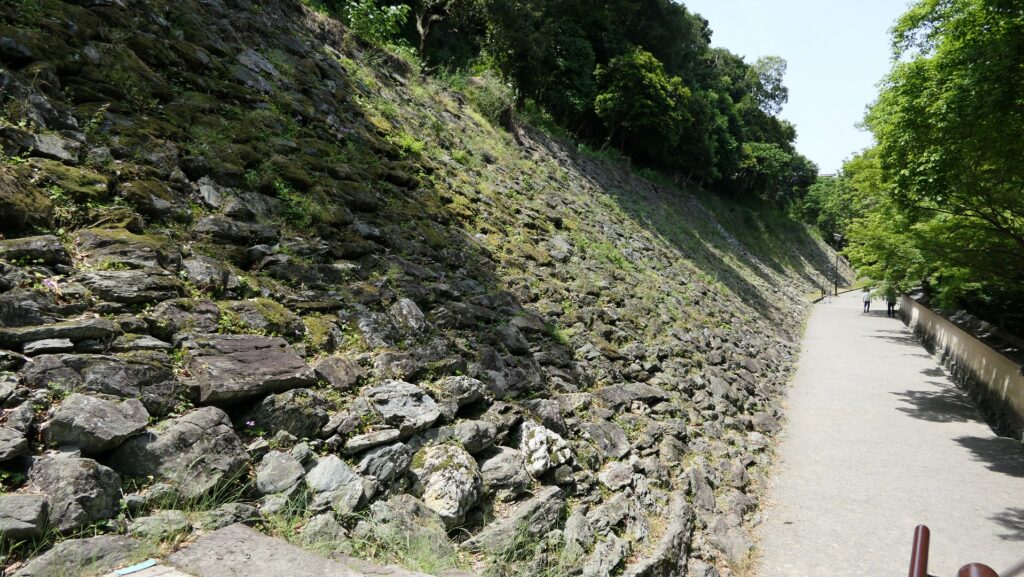
My Impression
I didn’t think Wakayama Castle has so many attractions before my visit. I also noticed the importance of the Main Tower as the center point and symbol of the castle. If the tower was not there, such a large castle could be distracting. That could be the reason why people in Wakayama restored the Main Tower.
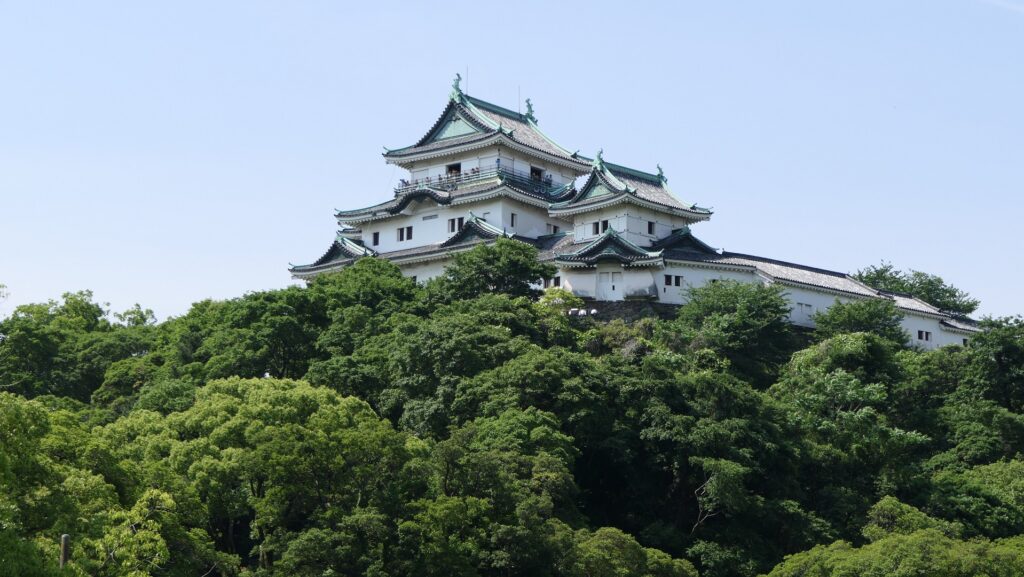
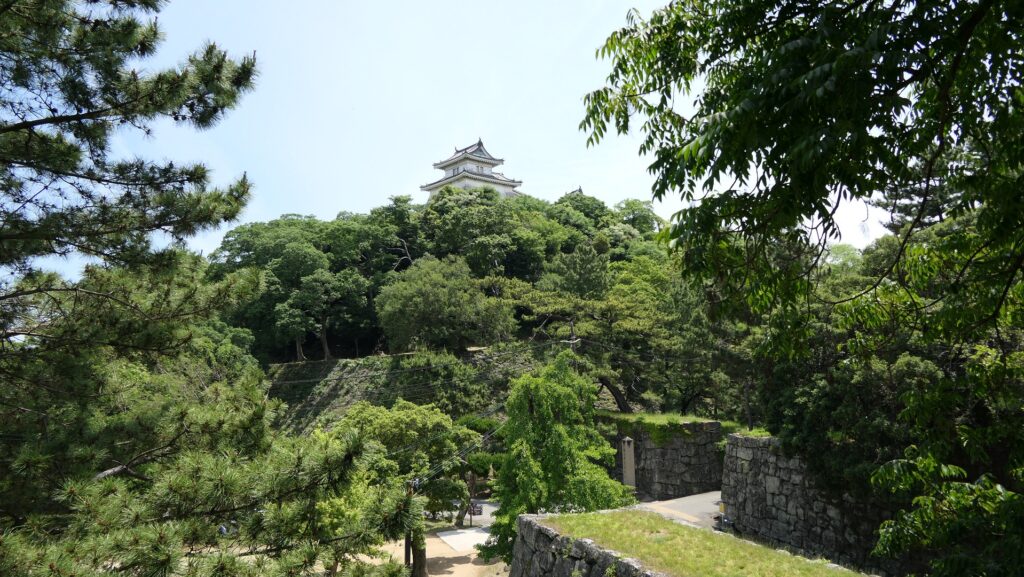

How to get There
If you want to visit the castle by car, it is about 15 minutes away from Wakayama IC on the Hanwa Expressway. There are several parking lots in or around the park.
By public transportation, It takes about 10 minutes on foot from Wakayamashi Station on the Nankai Railway. Or you can take the Wakayama Bus Route 0 or 25 from JR Wakayama Station and get off at the Wakayamajo-mae bus stop to get there.
To get to Wakayama Station from Tokyo: Take the Tokaido Shinkansen super express and transfer to the Kuroshio limited express at Shin-Osaka Station.
Or it may be a good idea to fly to the Kansai Airport and take the JR train to Wakayama Station or the Nankai Railway to Wakayamashi Station.
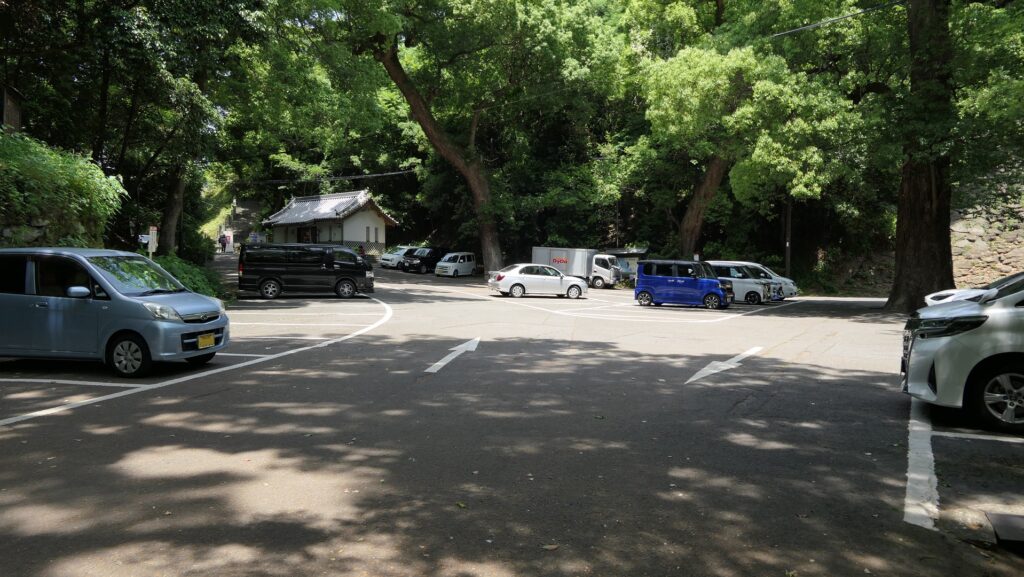

Links and References
・Wakayama Castle, Official Website
That’s all. Thank you.
Back to “Wakayama Castle Part1”
Back to “Wakayama Castle Part2”

